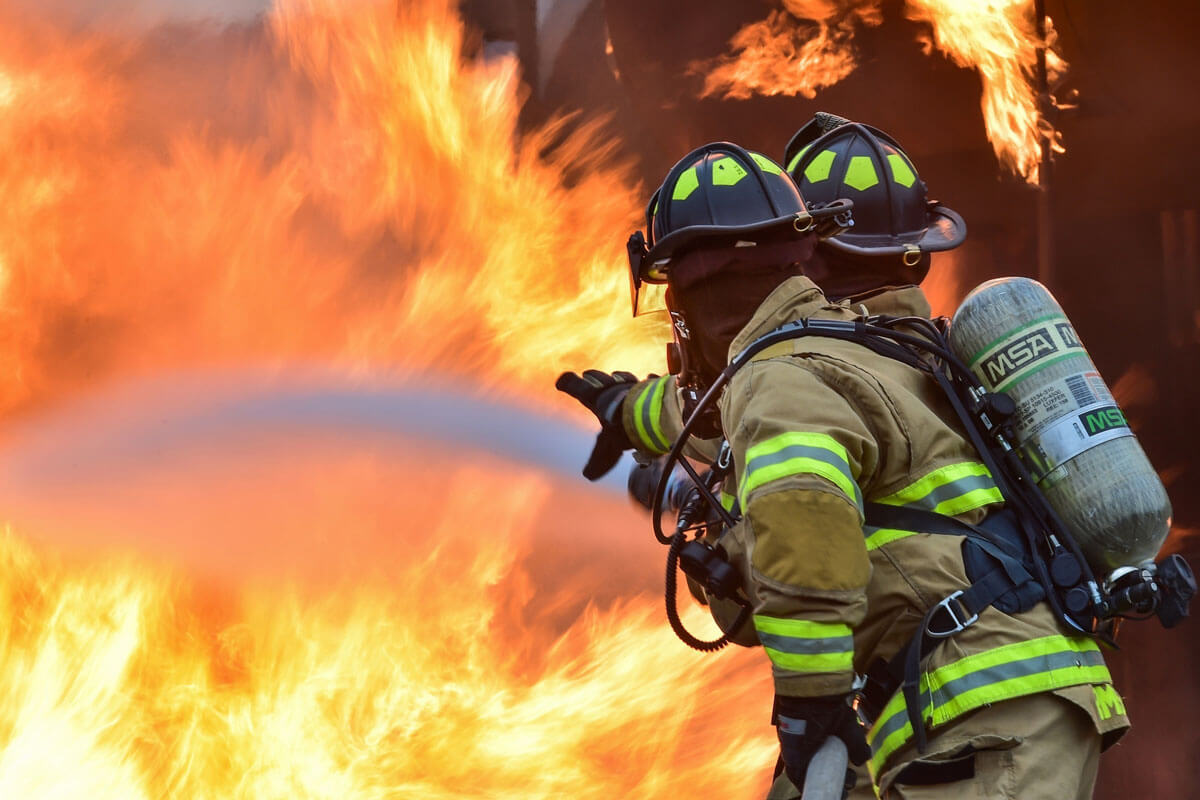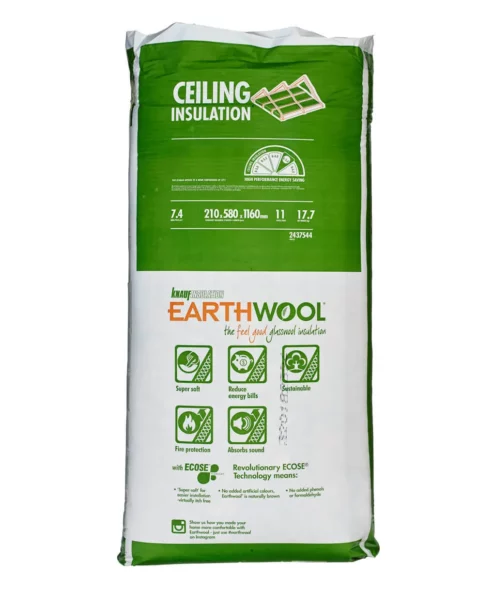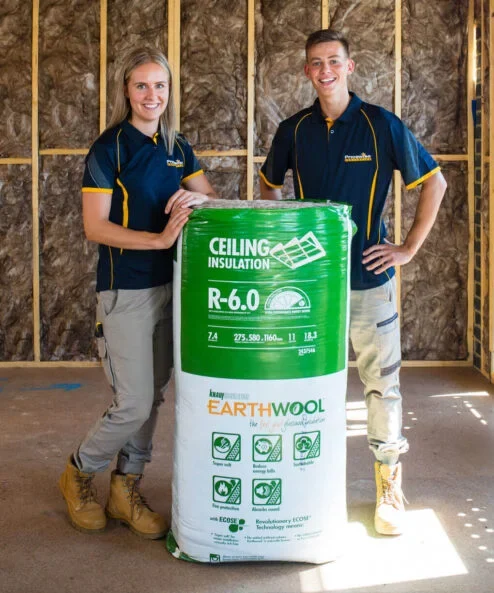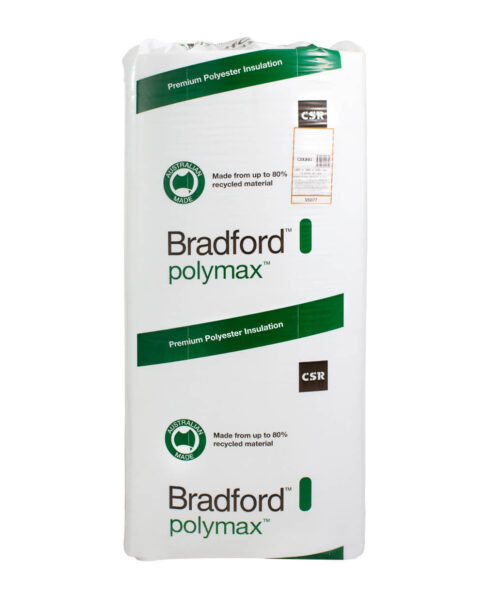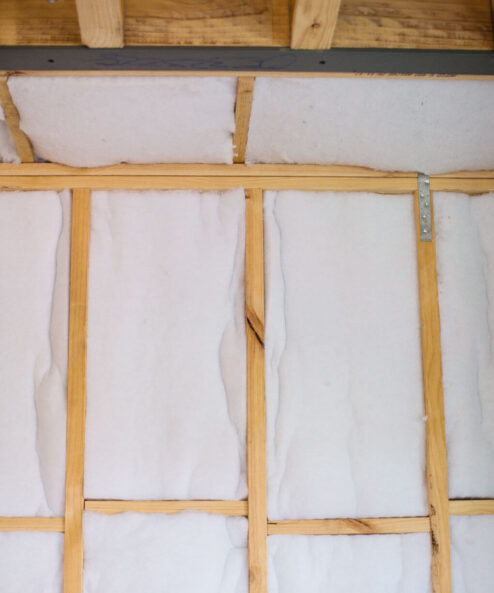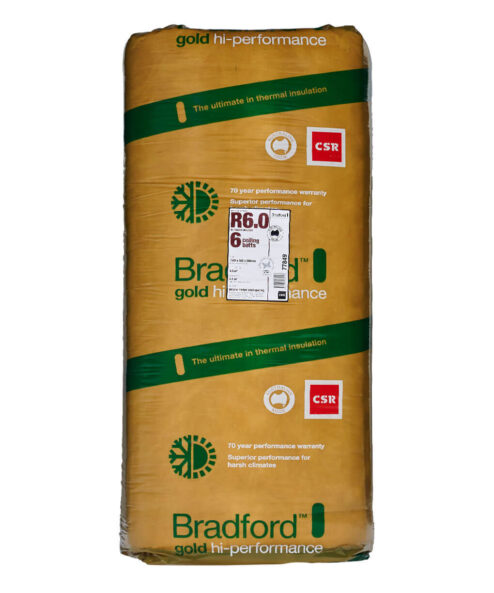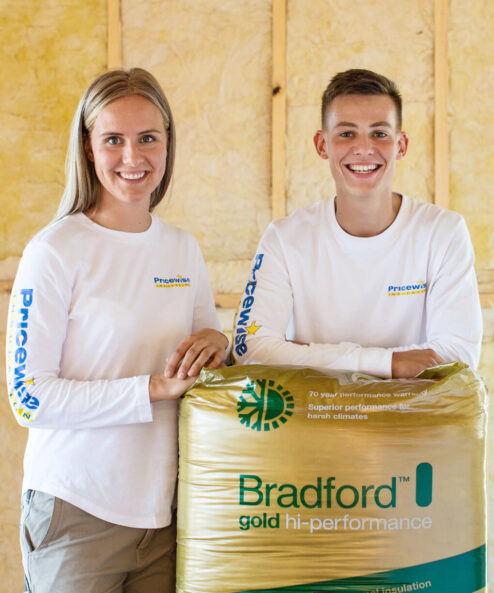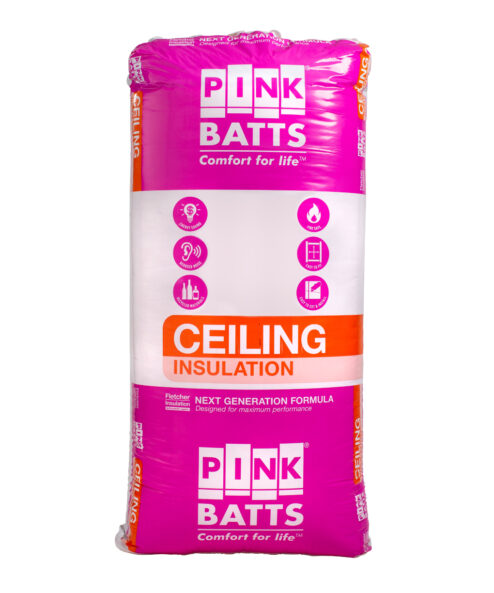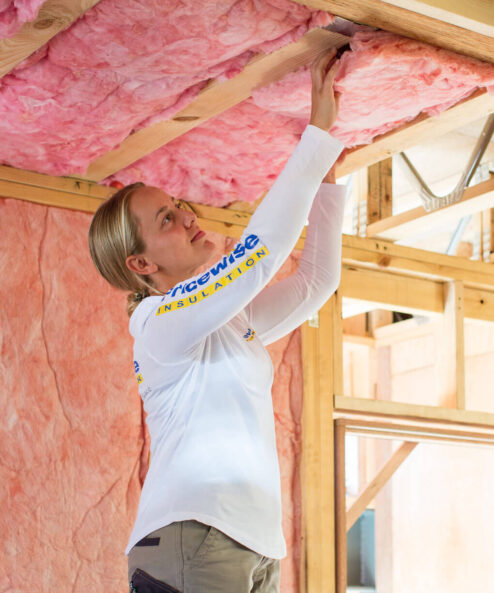Insulation Tips
Fire Safety and Downlights with Ceiling Insulation
Keeping your home warm this winter is a must and insulating your ceiling space can reduce heat loss by up to 35%! Insulating your home means that heating and cooling appliances can be used at lower power settings, which over time can give you huge savings on your energy bills. When insulating your ceiling, fire safety should be your first priority. To check the fire hazard properties of your ceiling insulation batts, take a look at the products safety data sheet which should be available through the manufacturer. We recommend reviewing this material before you commence installation.
How Do Fire Ratings Compare in Ceiling Insulation?
In Australia, it is not legal to sell insulation that will carry a flame. Manufacturers should provide product data sheets, which include fire ratings and other safety factors. At Pricewise Insulation, we sell ceiling insulation in a variety of brands and R-values. Below is a quick comparison of current fire hazard properties and combustibility levels as obtained from each product data sheet.
Knauf Earthwool Ceiling Batts:
- Fire Hazard Properties when tested in accordance to AS/NZ 1530.3 – Ignitability (0-10): 0, Spread of Flame (0-10): 0, Heat Evolved (0-10): 0, Smoke Developed (0-10): 0-1.
- Combustibility (AS 1530.1) – Classified as non-combustible.
Autex Greenstuf Polyester Ceiling Insulation:
- Fire Hazard Properties (AS/NZ 1530.3) – Ignitability (0-10): 0, Spread of Flame (0-10): 0, Heat Evolved (0-10): 0, Smoke Developed (0-10): 3
- GreenStuf has been tested and certified non-flammable and complies with the fire requirements of IEC 60695-11-5.
Fletcher Pink Batts Ceiling Insulation:
- Fire Hazard Properties when tested in accordance to AS/NZ 1530.3 – Ignitability (0-10): 0, Spread of Flame (0-10): 0, Heat Evolved (0-10): 0, Smoke Developed (0-10): 0-1.
- Combustibility (AS 1530.1) – Classified as non-combustible.
Bradford Ceiling Insulation:
- Fire Hazard Properties when tested in accordance to AS/NZ 1530.3 – Ignitability (0-10): 0, Spread of Flame (0-10): 0, Heat Evolved (0-10): 0, Smoke Developed (0-10): 0-1.
- Combustibility (AS 1530.1) – Classified as non-combustible.
Is Ceiling Insulation Flammable Around Downlights?
Downlights are not all made the same and therefore have varying energy consumption, life span and heat output. Recessed light fittings tend to shed excess heat and should be avoided where possible. It is important that recessed lights and their auxiliary equipment is installed correctly to prevent overheating and igniting any surrounding material.
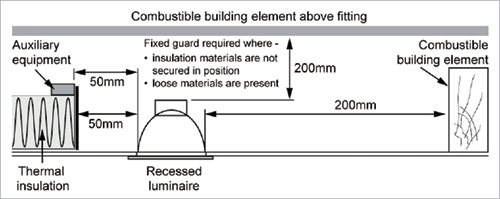
http://www.yourhome.gov.au/passive-design/insulation-installation
(Adapted from AS/NZS 3000:2007)
LED downlights that are IC rated means they are suitable to come into close contact with your ceiling insulation. Ensure that your LED-IC lights are certified by the manufacture before installing them near combustible material. For downlights that are not IC certified a clearance of 50 -100mm around light fittings is recommended. Just remember that the more gaps you have in your insulation due to clearances between downlights, the less effective its thermal performance will be. Having spaces in your ceiling insulation leaves those areas susceptible to air draughts. We recommend only installing IC-F rated downlights, which can be abutted and covered with insulation. This means you won’t need to leave any gaps and compromise the effectiveness of your insulation. Watch our installation videos and visit our ‘how to install insulation’ page for more advice and tips!
There are five types of downlight ratings in accordance with Luminaires General Requirements AS/NZS 60598;
- NON-IC (Poor Safety & Performance): Insulation must have a clearance of 100mm and not for residential buildings.
- CA 135 (Moderate Safety & Performance): 150°C rated, non-flammable insulation permitted next to the downlight.
- CA 80 (Good Safety & Performance): 90°C rated, non-flammable insulation permitted next to the downlight.
- IC (Better Safety & Performance): CA 80 rated and can be covered by non-flammable insulation rated stable at 90°C.
- IC-F (Best Safety & Performance): CA 80 rated and insulation can be installed next to and covered by non-flammable insulation rated stable at 90°C.



